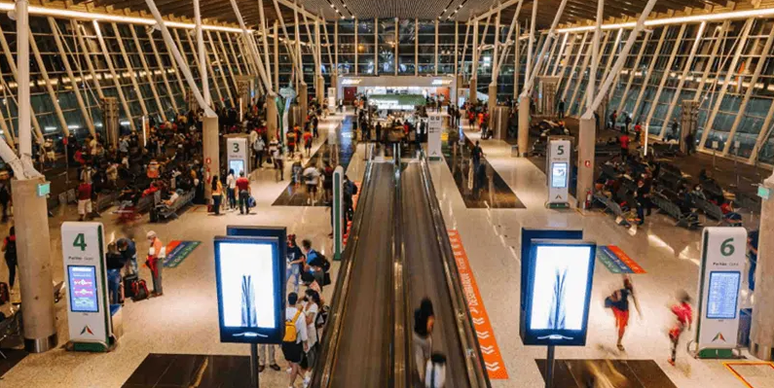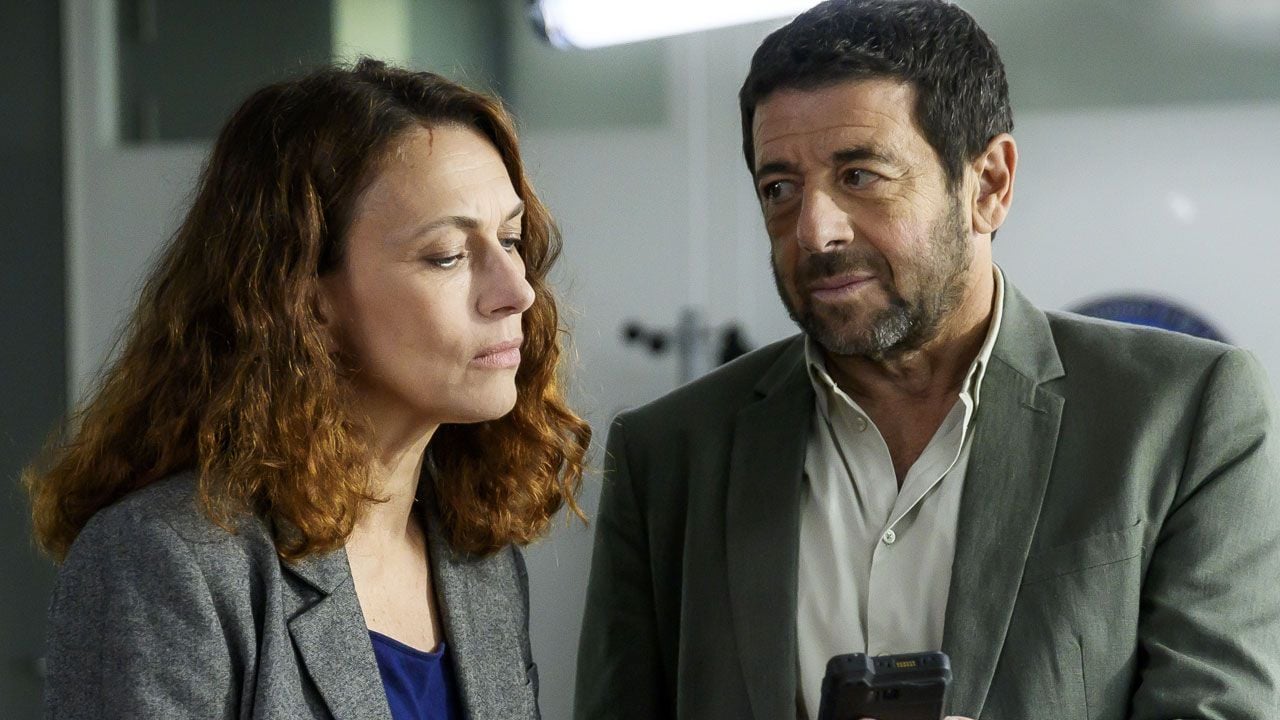Discover the science behind the flow and learn to optimize the environment and activities to reach the peak of productivity, creativity and well -being
Have you been so lost in a task that time has simply disappeared? This is the state of floweror “flow”, a central concept in positive psychology that describes a mental state of total immersion in an activity.
During the flow, your consciousness merges with action, self -criticism disappears and productivity reaches the peak. Interestingly, this is not just a state of high performance. It is a path to authentic happiness. The psychologist Mihaly csikszentmihalyiWhich coined the term, it observed that people in a flow state describe the experience as a deeply satisfactory and rewarding.
What does neuroscience say?
Neuroscience explains the flow as a state of maximum efficiency. When we are in flow, the brain goes off in the areas associated with self -awareness and distraction (such as the prefrontal cortex), allowing mental energy to be entirely convened to the task in question.
The brain releases dopamine and other neurotransmitters that increase motivation and concentration. It is an experience of well -being because the mind is totally engaged in a challenge that is perfectly balanced by its skills.
6 key components to enter the flow
To induce the flow of flow, the activity and the environment must meet specific conditions:
- Clear objectives: You have to know exactly what you are trying to get, step by step;
- Immediate feedback: There must be a clear and instant way to find out if you are going well (for example an error of typing, a note that sounds bad or an unquestionional code);
- Challenge-challenge balance: The challenge of the task should be slightly greater than your current ability. If it’s very easy, you will bore you. If it is very difficult, you will be anxious;
- Total concentration: Get rid of all distractions. The flow is impossible with mobile or multitasking notifications;
- Loss of self -awareness: The concern for what others think or successfully/failure disappears;
- Sense of control: You feel you are responsible for the situation, even if it is difficult.
How to optimize the day for the flow
1. Identify your top hours
The flow is easier to reach sometimes when you have more energy and concentration (usually in the morning). Book this time for your most complex and creative tasks.
2. Use deep focus
Engaged in 90-minute work blocks, in which it is completely disconnected from e-mail, telephone and the internet. Use the headphones to report the brain you are in concentration mode.
3. Add the challenge element
If an activity is very simple, increase the rhythm or add a time limitation. Transform the task into a game in which you overcome you constantly.
4. Start with the easiest start
Use the “Swiss Taging” technique to start working (as we have seen in the procrastination article). The act of starting is what dopamine releases and pushes you into the flow.
Finding the flow of flow does not only mean being more productive; It is about finding profound satisfaction and joy in the process of creating and execution itself. By intentionally structuring your activities for this balance, I transform your work into a source of well -being and happiness.
Source: Terra
Ben Stock is a lifestyle journalist and author at Gossipify. He writes about topics such as health, wellness, travel, food and home decor. He provides practical advice and inspiration to improve well-being, keeps readers up to date with latest lifestyle news and trends, known for his engaging writing style, in-depth analysis and unique perspectives.









